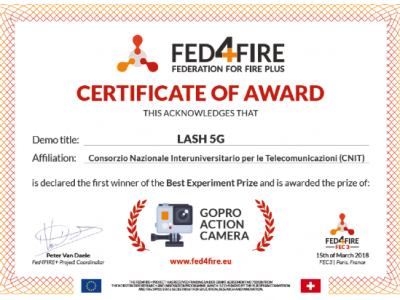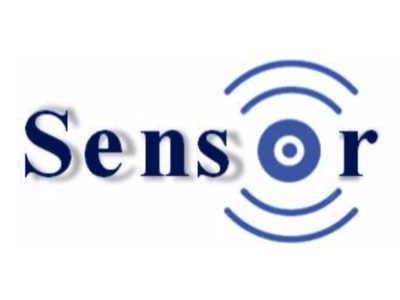CNIT, partner of the regional project SENSOR (“NEW REAL TIME SENSORS FOR THE DETERMINATION OF CHEMICAL AND MICROBIOLOGICAL CONTAMINATIONS IN ENVIRONMENTAL MATRICS AND BIOMEDICS), co-funded under the POR CREO FESR 2014-2020, reports that on 29 July 2021 will hold the final workshop of the project in which you can participate by registration as indicates in the attached poster.

The Consorzio Nazionale Interuniversitario per le Telecomunicazioni (CNIT), Laboratory of the University of Cassino and Southern Lazio, Italy, is seeking to appoint two high-calibre Early Stage Researchers (ESRs) to join the Marie Skłodowska-Curie Innovative Training Network on ‘Future Wireless Communications Empowered by Reconfigurable Intelligent Meta-Surfaces’ (MetaWireless). To apply, see the attached Job Description, and send the Application Form and

ACTPHAST4R is a Horizon2020 project that offers a single streamlined way to access 200 of the best experts and technologies from 24 of Europe’s leading photonics research institutes, covering the entire supply chain to accelerate breakthroughs towards prototype, and beyond into mass manufacturing. ACTPHAST4R is specifically designed to providing access to researcher to the advanced photonics technology platforms in

TERABOARD (High bandwidth density and scalable optically interconnected Terabit/s Board), EU project granted in 2015, during 48 months of developments has solved a number of challenges regarding high bandwidth density communications in a high confinement scenario, such as advanced datacom systems in data centers, as required by Ericsson, STM and Nokia. Silicon photonics active devices, developed by imec, were

(Identification Code: CNT 01_00176_166195 – CUP: B52G14000190001) “ITS-ITALY 2020/Formazione” is a project that aims at training high level researchers in the field of Intelligent Transport Systems. Selected trainees will acquire expertise that will be spent to producing innovative technology that will help the industrial development in the field of mobility and transports.

In the picture standing from the left: Barbara Martini, Molka Gharboui, Chiara Contoli, Federica Paganelli. In the picture sitting from the left: Gianluca Davoli, Walter Cerroni CNIT has been awared at the 3rd FED4FIRE+ ENGINEERING INTERNATIONAL CONFERENCE held in Paris (https://www.fed4fire.eu/event/fec3/) for the “Best Demo” of an innovative prototype developed in the project “Latency-aware and self-Adaptive Service cHaining in

Livorno (Italy) – A week of technological experimentation on the port of Livorno, featuring dozens of installations set up by world-class companies and a two days of conferences and field demonstrations on 18th and 19th of October, has just ended. Main goal was to show how the integration of devices in vehicles, on roadside infrastructure, in radio rooms and

The community research and development information service (CORDIS-EU) has selected SCOUT as a promising and impactful EU-funded project . CORDIS has consequentially produced a dissemination article after an interview with the project coordinators and it is now available online in six languages at https://cordis.europa.eu/result/rcn/238967_en.html The SCOUT (Multitech security system for interconnected space control ground stations) project has focused on

